Galapagos Finch Evolution – Dan Lewitt – HHMI (2013)
The Galapagos is home to many iconic species. Each are unique on their own and form a case study in evolutionary biology. Darwin’s finches and mocking birds with their striking beak morphology provided the first clues to Darwin in formulating the mechanism of evolution by natural selection. The Galapagos was the origin of the Origin of the Species. Finches in the island of Daphne Major have been studied for more than 40 years by Princeton University scientists Peter and Rosemary […]

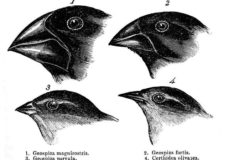
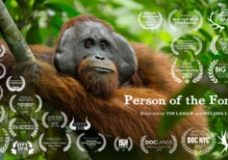
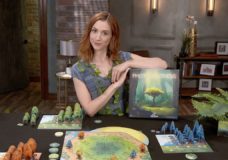
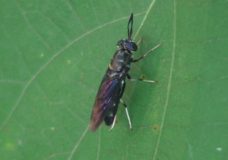
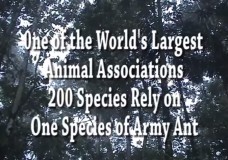
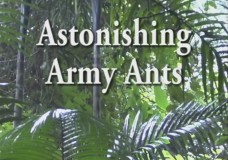
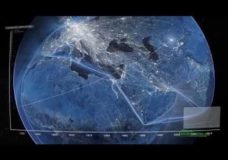
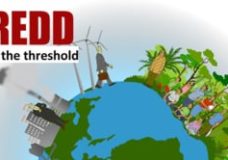


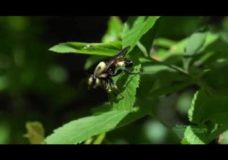



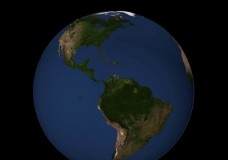

Recent Comments